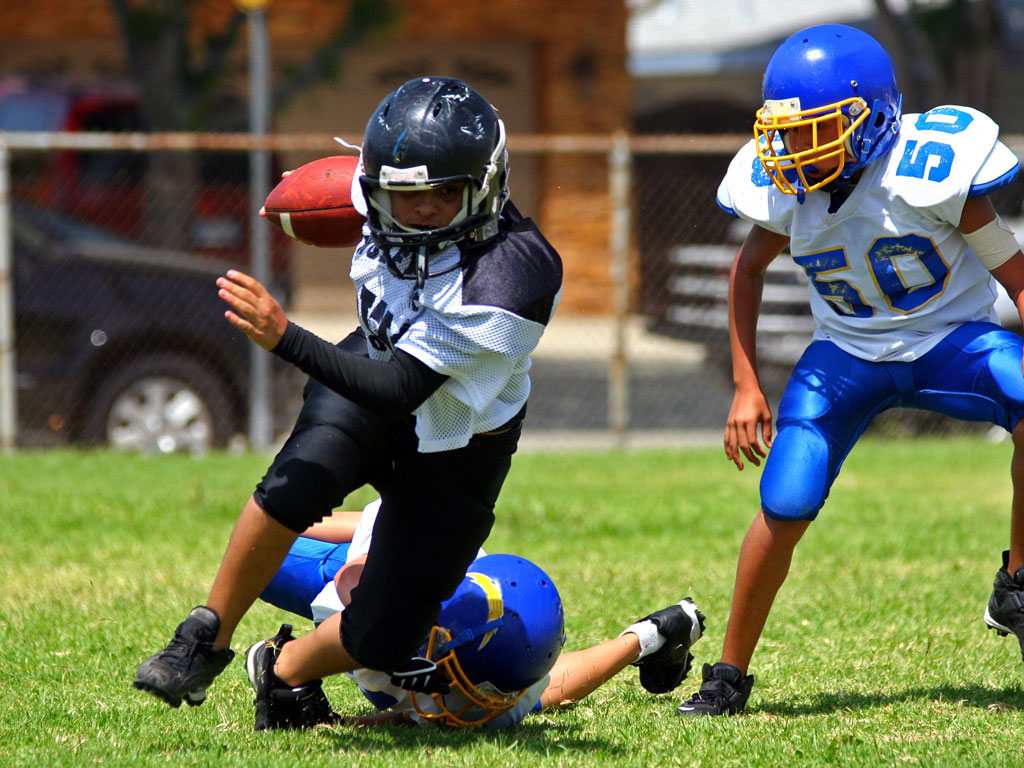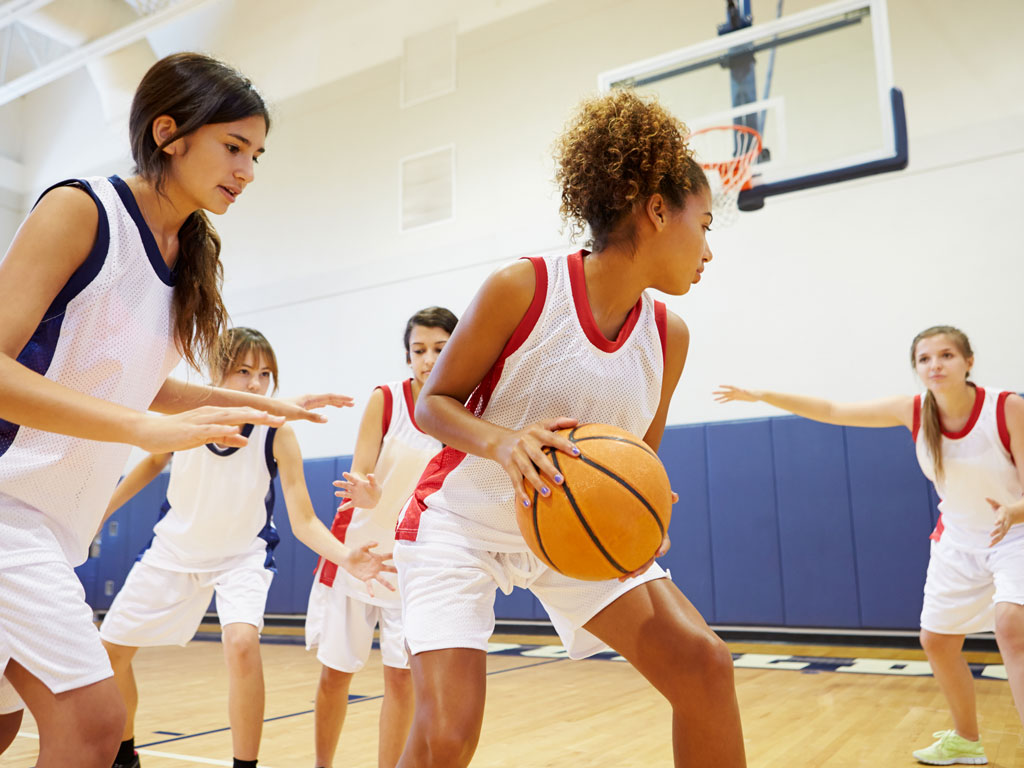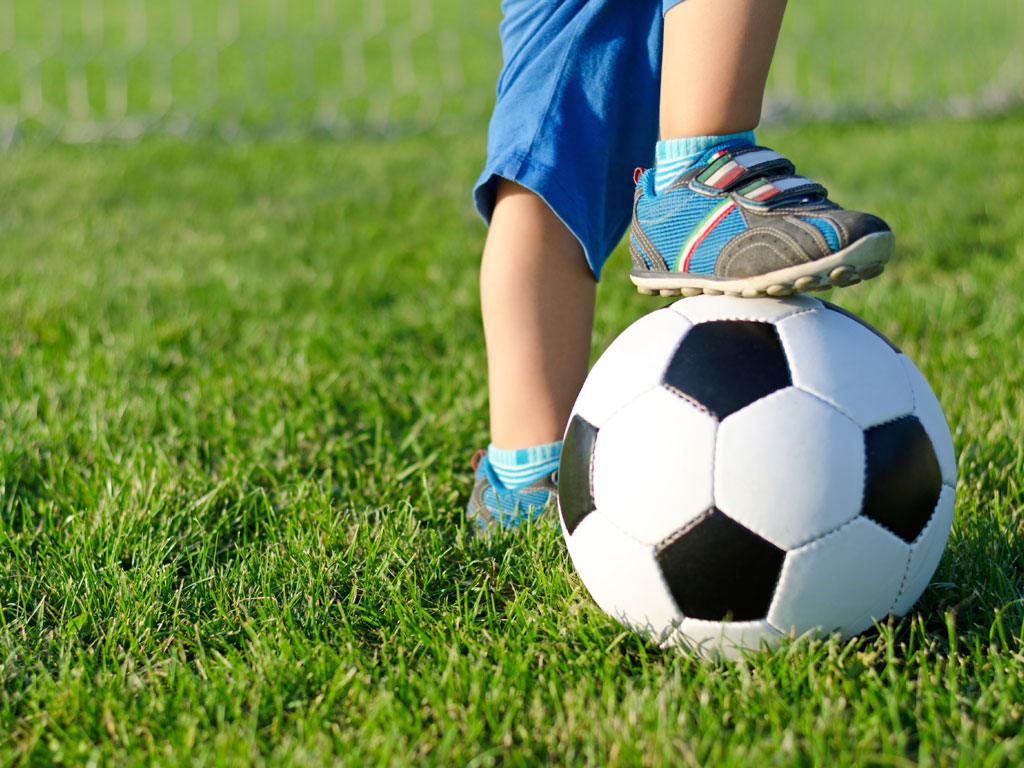by Sondra Brown
Hawaii residents are used to 80-degree weather and sunny skies year-round. For many Hawaii parents, such a climate means children participate in both indoor and outdoor sports all year. These include football, baseball, soccer, flag football, basketball and cheerleading—to name a few.
The positive health benefits of children participating in sports year-round are undeniable—increased self-esteem, friendship and team building and the development of healthy habits that can stay with a child for the duration of his or her lifetime. However, despite the perks of constantly being active in paradise, the likelihood of an active child acquiring a sports-related injury is high, and the causes of these injuries are widespread.
Get Out There and Play!
According to A Guide to Sports Injuries in Children by Robert C. Durkin, M.D. at Kapiolani Orthopedic Associates, “As we push children to maintain high intensity participation through overlapping seasons, we run the risk of overloading the reparative capacity of the body and causing sports-specific overuse injuries in the child.” Durkin’s article reveals that fractures are the most common reason for sports-related injuries, primarily because “a child’s bone is very different compared to an adult’s bone…the child’s bone is still growing.” Overuse, which is especially common in our warm, Hawaiian climate, was also featured as a cause of injury in active youths.
As a solution to these prominent injuries, Durkin offers injury prevention and rehabilitation tips, including education, recognizing risks, supervision, establishing game-play rules, wearing protective gear and encouraging reconditioning. According to Durkin, we must “Instruct our keiki on appropriate risk-taking and that we want to know if they feel pain.” Ignoring and avoiding pain and failing to recognize risky situations “place our children at risk for heat injuries or fracture.”
Additionally, children should be supervised by a well-trained adult during physical activity and should be taught to follow “rules that prevent recognized risks of severe injury.” He also encourages children to wear “appropriate gear to prevent injury that does not significantly impair play” and urges parents to “prepare our keiki to return to sport after sufficient rehabilitation to prevent injury.”
In addition to Durkin’s findings, trainers and doctors at the 2012 Hawaii Pacific Health’s Sports Medicine Symposium focused on concussions as one of the most prevalent and concerning injuries among young, active youths. Concussions should be taken seriously because the damaging effects can last decades after the initial injury. A concussion is an injury to the brain and may result in a temporary loss of brain functioning. It may cause vomiting, confusion, nausea and moodiness. Years after the concussion, abnormal brainwave activity is still present and athletes may experience attention problems.

Proper Nutrition
“I see improper and imbalanced nutrition as a cause of injuries in active children,” says Heather Minnick, Registered Dietician and Master of Human Nutrition Student at the University of Hawaii. Poor nutrition, including dehydration and high consumption of sports and energy drinks, can lead to bone and joint injuries. Poor nutrition is often the root cause of sports-related injuries in children, but thankfully, this problem can be remedied with a bit of culinary creativity. Minnick emphasizes the importance of children getting enough calcium in their diets and blames a lack of calcium for many injuries.
“If they’re consuming so many of these sugar sweetened beverages and lacking dairy, their bones won’t be as strong as they need to be.” When a lack of calcium is compounded with growing bones and yearlong involvement in sports, bones simply aren’t strong enough to withstand physical activity and injuries become inevitable.
According to Minnick, parents can help ensure children are growing strong, healthy bones and meeting calcium requirements by encouraging them to eat a healthy breakfast with dairy-rich foods. Dairy-rich foods include milk, yogurt and even soymilk for those who are lactose intolerant. She also recommends packing easy snacks prior to leaving the house to ensure children stay nourished throughout a day of physical activity.
One of Minnick’s snack recommendations, sure to be a hit among our keiki, is a previously frozen single serving of chocolate milk.
“After the game or practice, they’ll have a nice and refreshing cool snack. You get your carbohydrates, some protein and your calcium.” She also recommends bringing sandwiches and various types of fruit. “Make it interesting,” encourages Minnick.
For parents who are rushed and rely on pre-packaged, often calorically dense foods from the grocery store, consider picking up chicken sandwiches instead. Minnick recommends visiting MyPlate for additional healthy, balanced meal ideas and information.
Safe Falling
Dr. Max Vercruyssen, Director of Hawaii Academy, agrees that poor nutrition is a cause of sports-related injuries. Fortunately, with Minnick’s tips and the proper preventative training, which Dr. Vercruyssen offers at his gymnastics facility, these injuries can often be avoided. This preventative measure is called Safe Falling and is offered at Hawaii Academy for people of all ages.
“As diets have changed over the years, children are more vulnerable to bone breakage and joint problems than in the past decades,” states Dr. Vercruyssen. “They’re also carrying more weight and have lower fitness levels than their parents did when they were growing up. These put children at greater risk than ever before for falling type injuries.”
During a fall, the natural reflex is to reach backward; however, this typically results in elbow, shoulder and wrist injuries. Hawaii Academy’s Safe Falling course teaches attendees of all ages how to “retrain the reflexes so as you fall and make contact with the ground, you either absorb the forces or you transfer the energy in such a way that’s not causing injury,” instructs Dr. Vercruyssen. Safe Falling requires training in repetition, overcoming natural tendencies and even gym equipment that local schools simply cannot offer to children.
Even with the risk of injury present, keeping our keiki active in sports throughout the year and taking advantage of Hawaii’s year-long pleasant climate are building blocks for a long-lasting, healthy lifestyle. With a bit of background information, culinary creativity and some training from Hawaii Academy, we can ensure our keiki stay active, happy and healthy all year long.






